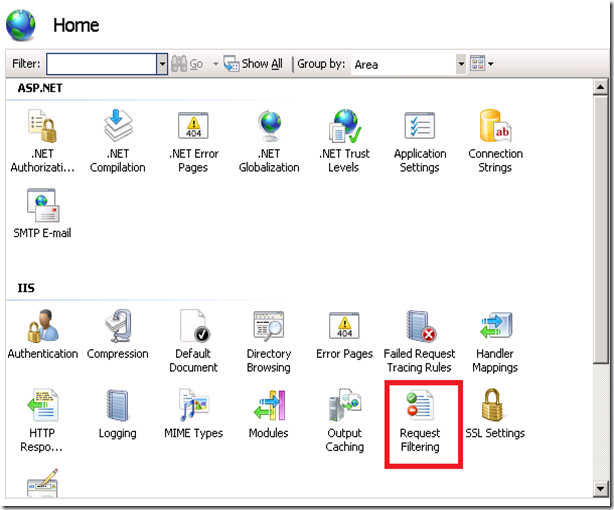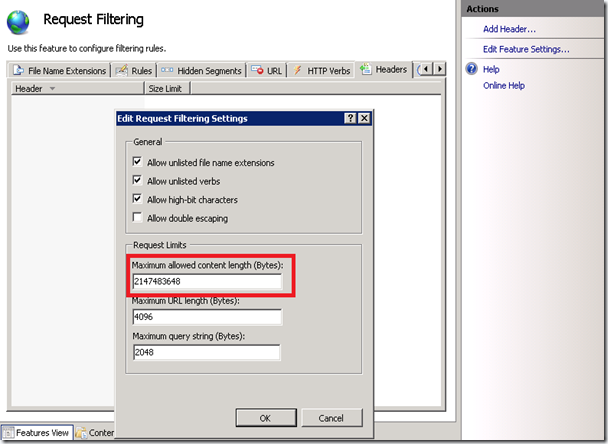Microsoft Exchange Server 2016 is new latest version of Exchange server and it is been enhanced from Exchange 2013 and it is built on proven Office 365 model. It provides the same look and feel of Exchange 2013 but it offers more stability,reliability, better fault tolerance and self-healing capabilities.
Exchange 2016 can co-exists only with Exchange 2010 SP3 RU11 and above, Exchange 2013 CU10 and above. But it cannot co-exist with Exchange 2007 or any previous versions of Exchange.
Exchange 2016 inherits most of the features from Exchange 2013 and below are some of the new features in addition to the existing feature of Exchange 2013
Architecture enhancements
Microsoft simplified the architecture by consolidating the Client access role and Mailbox role of Exchange 2013 into one mailbox server role and Edge transport server role. This integration of roles reduces hardware, implementation, and management efforts and in some usage scenarios lower licensing costs.
Mailbox Server Feature
o Mailbox server contains mailbox database which stores and process emails.
o Transport service performs routing of emails within internal and to the external.
o Client access service accepts all the client connection and connect them to the mailbox database
o Unified messaging service provide voice mail and other telephony service
Edge Server Feature
o Edge Server is located in perimeter /DMZ network and it is to interface between external to internal and vice versa.
o It offers anti-spam, content, connection filtering service for the internet emails.
Mailbox Server enhancements
· Database divergence detection keeping looking for the database which is out of sync. It automatically reseeds to bring it into a healthy state.
· Exchange 2016 supports much faster database failover and failback, and also provides a faster site resilience than previous version of Exchange.
· MAPI over HTTP is the default protocol for outlook client’s connection to the Exchange servers.
· The content/search index are built from the local copy rather than from the active copy. It reduces the network utilization across the WAN in multi-site environment.
· Disk IOPs utilization has been reduced by 22% from Exchange 2013.
Hybrid enhancements
· Downloadable Hybrid deployment wizard for Exchange 2016 made the hybrid configuration and deployment troubleshooting easier.
· Exchange 2016 on-premises users can make use Office 365 services such as archiving, data loss prevention, rights management, advanced thread protection, mobile device management, spam/virus filtering protection etc.
Client features
· Outlook Web Access (OWA) is now called as ‘Outlook on the Web’. It can work together with SharePoint 2016 or OneDrive for Business to share and edit documents. Recipients are automatically provided permission to edit the document. This allows recipients to manage and edit a document without going to SharePoint.
· Search has been significantly enhanced in Exchange 2016. Outlook 2016 and Outlook on the Web provide the same search results. Search speed has also been significantly increased and calendar items can now be searched from Outlook on the Web.
· Outlook 2016 introduces a new Clutter folder that store low priority messages. Outlook itself can assign a low priority to emails based on the past user actions on the emails.
· The Smarter Inbox features helps to increases emails and document search efficiency and productivity.
· The “Tell me what you want to do” box helps users to easily find specific outlook functions or search the web.
· Some great enhancement in Outlook on the Web are one click archiving, common typos/suggestion, the ability to import contacts from CSV files, better formatting features, better attachment views, inline replies, inline previews of URLs and videos and many more.
Mobile enhancements
· Mobile users are new getting rich user experience on phones and tablets. Search on mobile devices has been improved to provide better search results. Two new tabs in the mobile clients: Focused and Others. Where the ‘Focused’ tab will contains all the important email and the ‘Other’ tab is supposed to contain relatively unimportant emails such as newsletters, notifications, subscriptions, etc.
· Mobile version of Outlook provides ‘Send Availability’ Option. It allows users to send availability time slots to external recipients.
· The mobile calendar view has been greatly improved and it provides more detailed information of invites and other necessary information.
Security and compliance features
· Data Loss Prevention (DLP) has been enhanced and now it can identify, monitor, and protect 80 different types of sensitive information.
· Auditing has been enhanced and updated with a new architecture. Audit logs are no longer stored in individual mailboxes but they are now stored in the centralized audit report mailbox of the organization. This is helpful for long term retention and adds the ability generate various reports easily.
· eDiscovery search has been improved significantly to provide more accurate , faster and reliable results.
· eDiscovery Compliance Search can be used to search on very large numbers of mailboxes. Multile searches can be performed at the same time.
· Public folder content can be on placed on In-place hold and public folder contents can be searched using the eDiscovery.
Exchange 2016 has discontinued Client Access Server and RPC over HTTP protocol for client connection from Exchange 2013. Exchange Server 2016 is great new release of Microsoft’s mail server. It simplifies administration, improves the integration with Office 365 and together with Outlook 2016 and OWA 2016 it helps improve productivity of end users.

